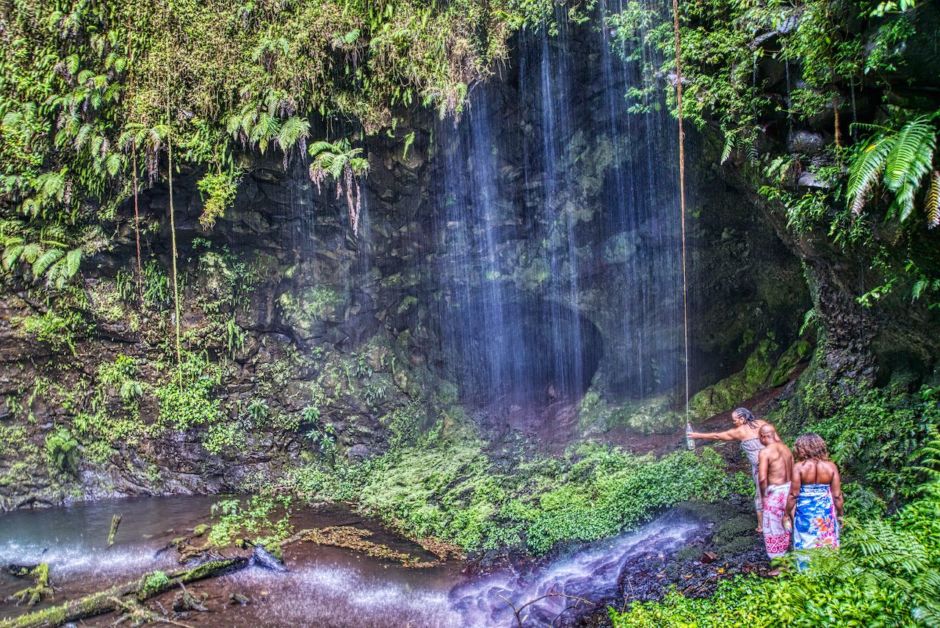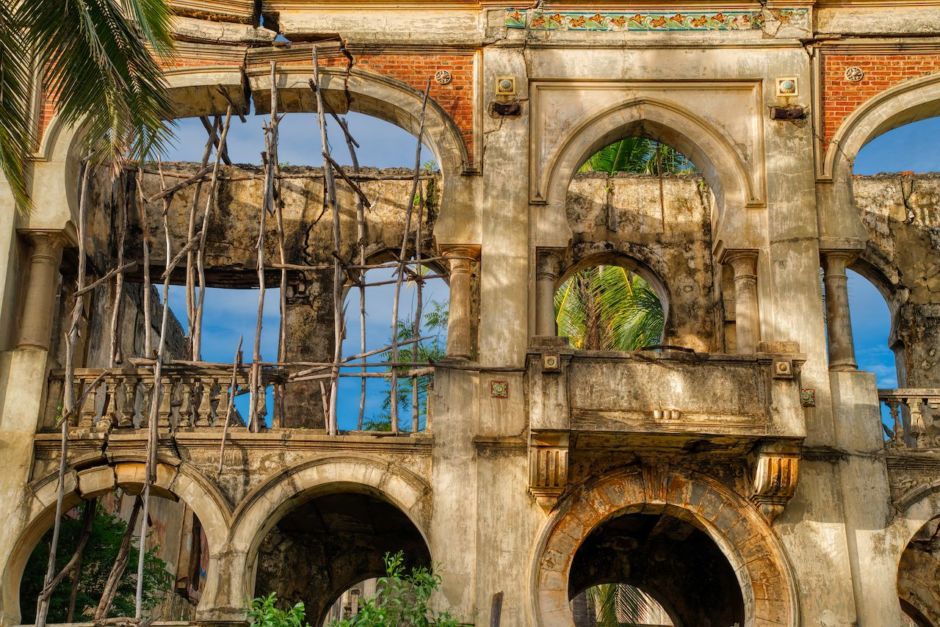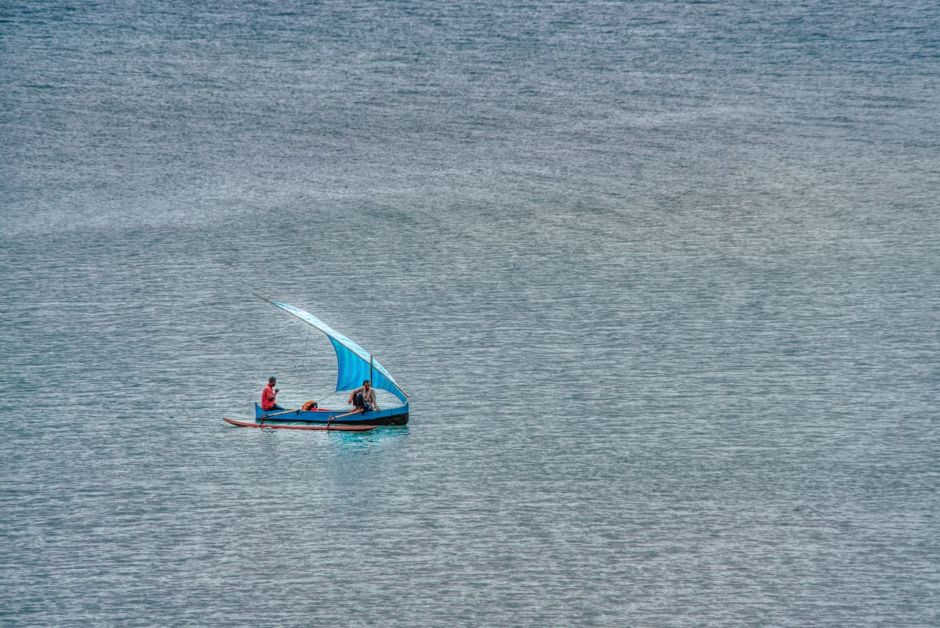In December, my family and I took a trip across northern Madagascar, the world’s second-largest island country after Indonesia and home to diverse animal species found nowhere else on the planet. The country is made up of the main island of Madagascar, the world’s fourth-largest island, and several smaller islands. We started on the island of Nosy Be, off the coast of the main island, and ended at the main island’s northern port city of Antsiranana, visiting three national parks along the way. Below are my favorite photos from our journey to this beautiful, wild island.
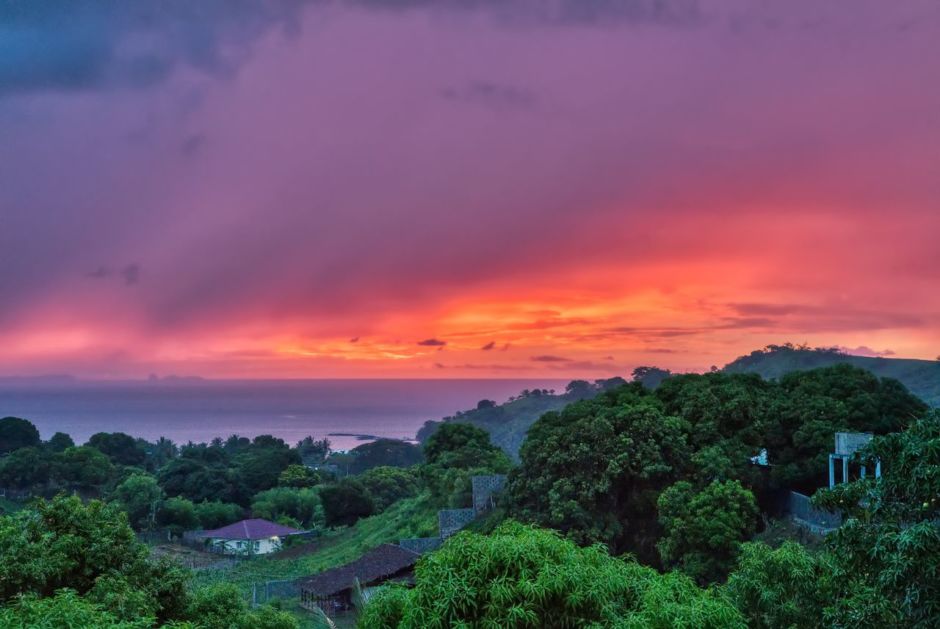

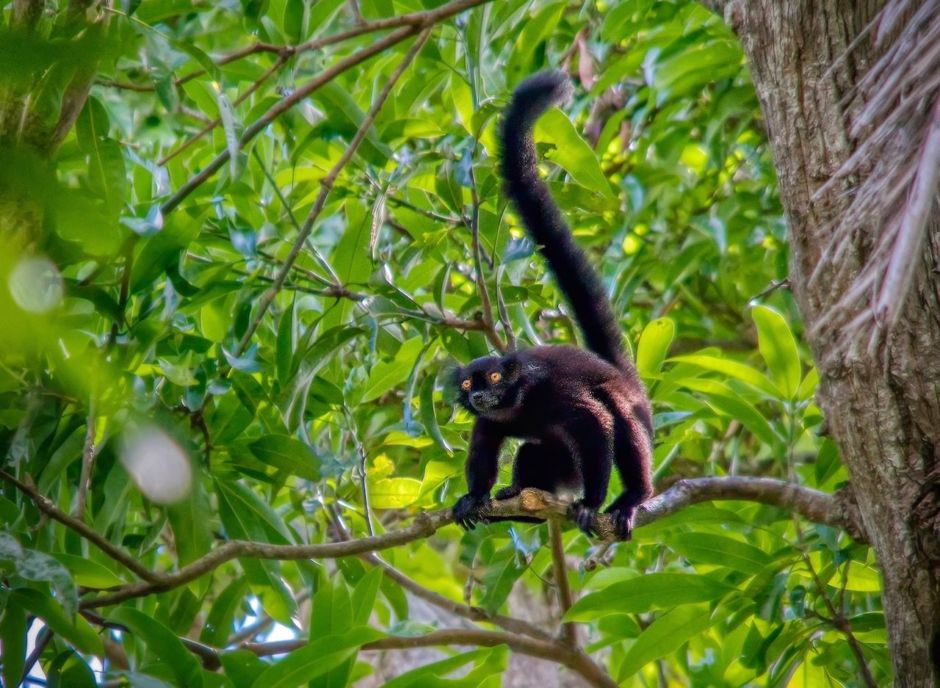
Intermission
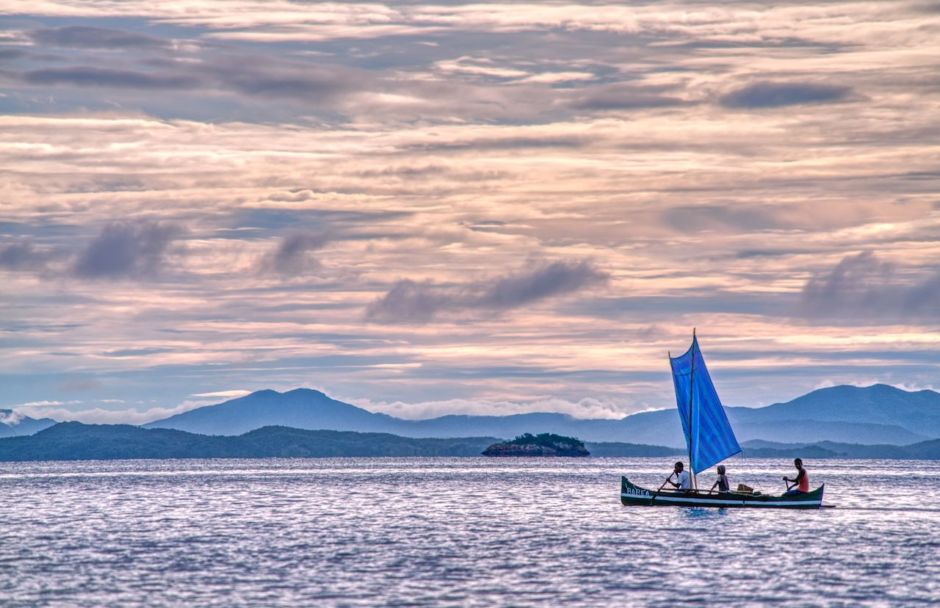
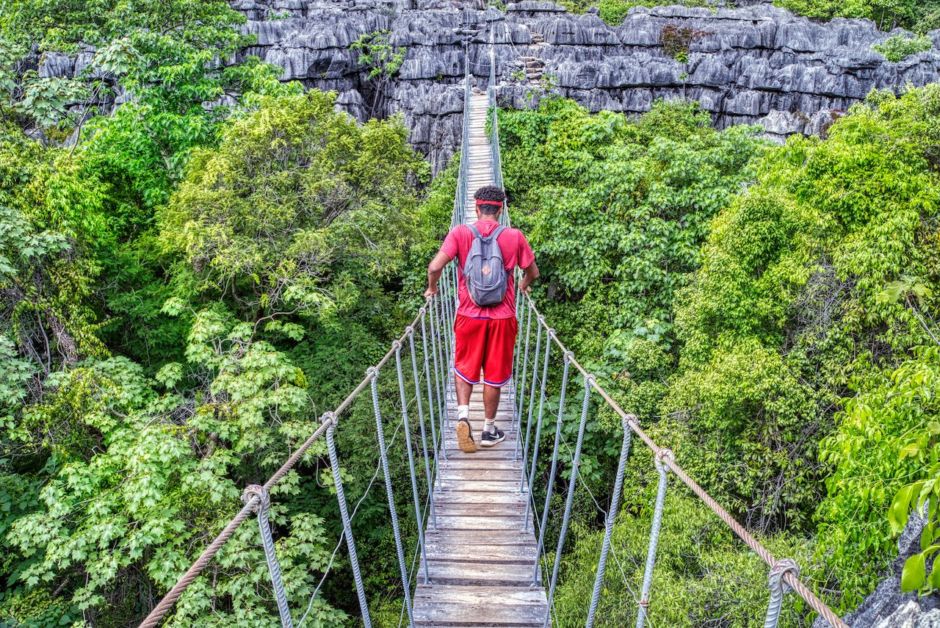
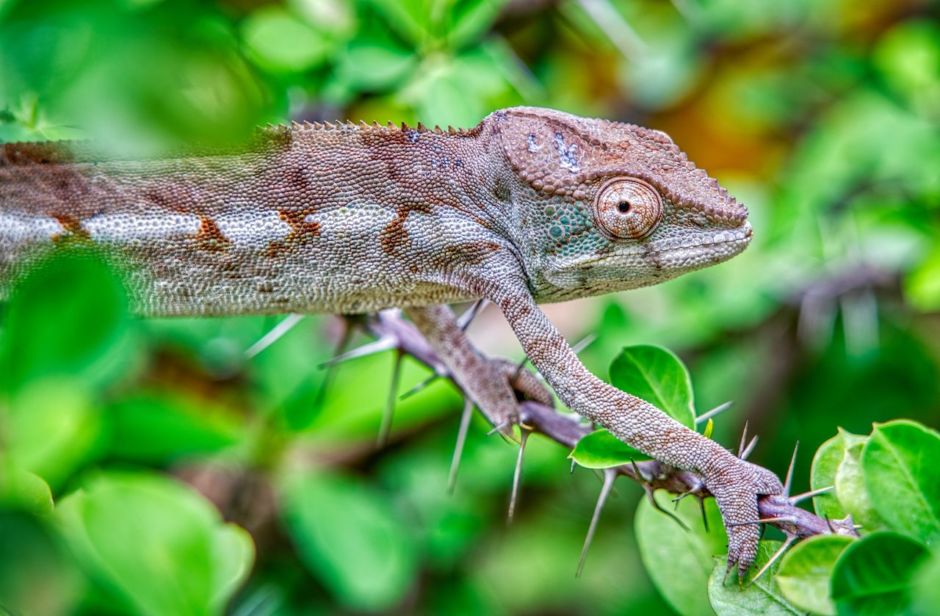

Intermission
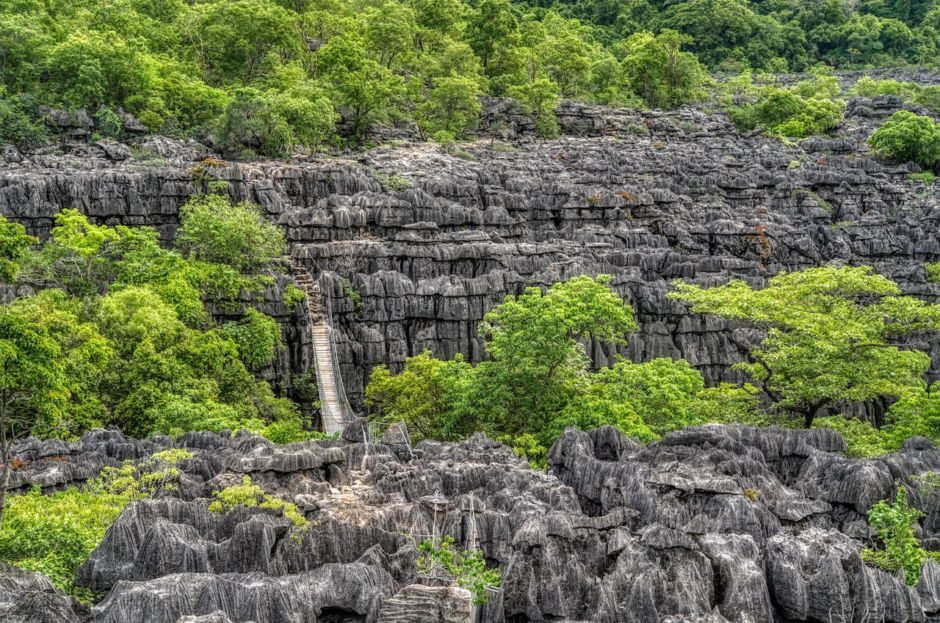
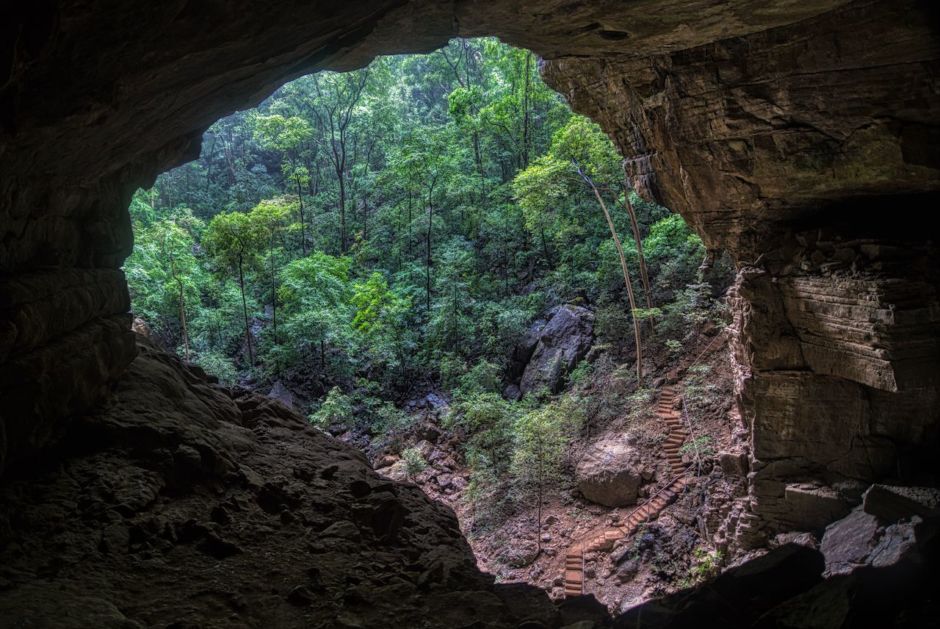
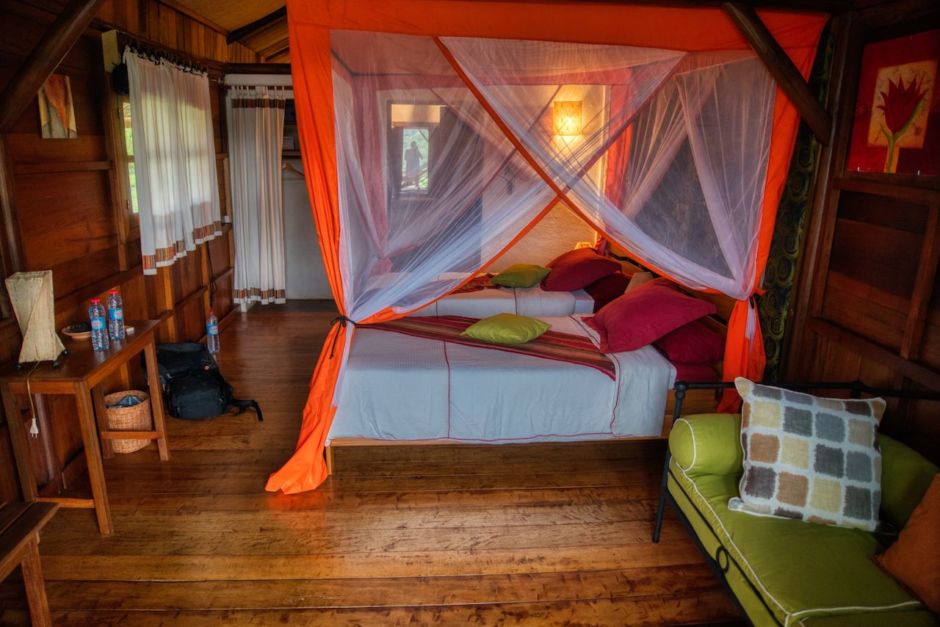
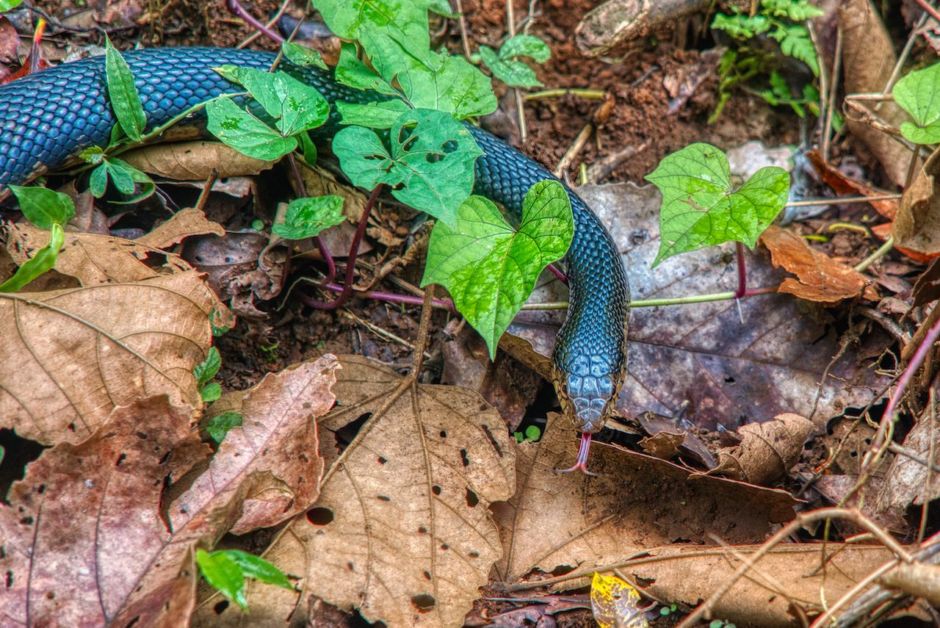
Intermission
